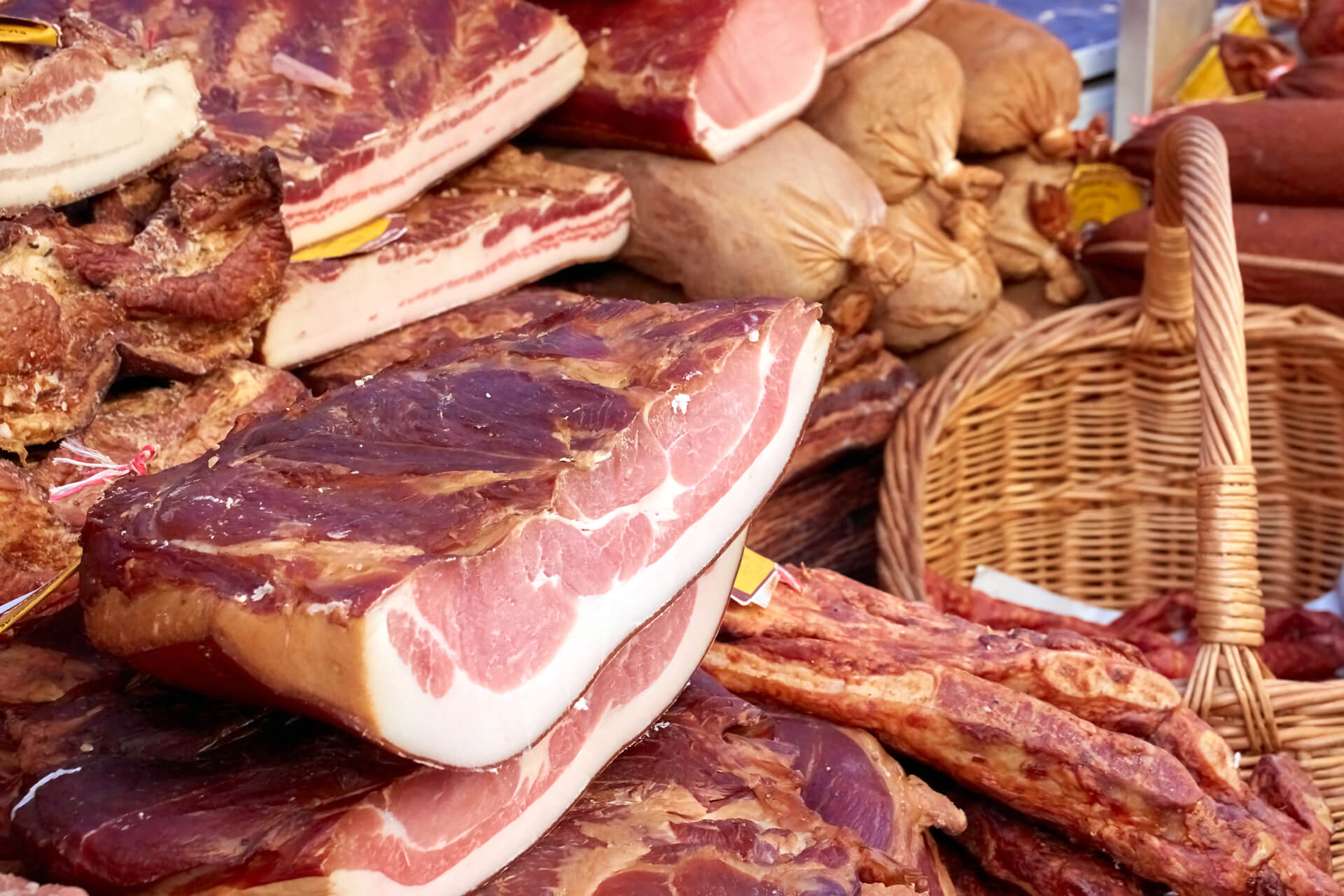Uncover the Art of the Butcher's Cut in a Modern Meat Market
In the ever-evolving landscape of contemporary meat markets, the butcher's cut has transcended its traditional roots, merging age-old workmanship with modern methods. bagley farms meat market edwardsville il. Today's butchers are not just cpus of meat; they are well-informed artisans who stress sustainability and moral sourcing. Their competence in choose and preparing cuts customized to details cooking demands offers an unequaled eating experience. Yet, what really sets the contemporary butcher apart is their capacity to build a much deeper link between customers and the beginnings of their meat. How do these masters equilibrium practice with technology, and what ramifications does this have for the future of meat usage?
Advancement of Butchery Methods

The mid-20th century saw butchery strategies better fine-tuned by scientific understandings into muscle mass biology and meat aging, improving both tenderness and preference. Developments like vacuum cleaner packaging and refrigeration expanded item shelf-life, enabling butchers to diversify offerings and enhance quality assurance. This period likewise marked the surge of specialized equipment, such as band saws and meat slicers, which raised accuracy and effectiveness in meat handling.
The 21st century has introduced electronic modern technology right into the butchery world. Digital systems now aid in tracking animal provenance and maximizing cuts to fulfill specific client choices. Additionally, a rebirth in artisanal butchery has actually arised, blending standard abilities with modern-day understanding to accommodate consumers looking for honest and lasting meat alternatives. This advancement highlights a vibrant interaction between custom and innovation, conference modern demands while maintaining the craft's heritage.

Recognizing Meat Cuts

Recognizing the intricacies of meat cuts is necessary for both butchers and customers seeking quality and worth. For butchers, exact cuts show skill and regard for the craft, ensuring minimal waste and optimum return.
The key classifications of meat cuts include primitive, sub-primal, and retail cuts. Butchers then damage these down better into sub-primal cuts, prior to ultimately generating retail cuts available to customers, like ribeye or tenderloin.
Recognizing muscular tissue composition is important; muscular tissues used a lot more frequently by the animal tend to be tougher and are best matched for slow food preparation approaches, while less-used muscle mass, like those found in the loin, are much more tender and perfect for barbecuing or roasting. Experience with these differences empowers consumers to make enlightened choices, enhancing their cooking endeavors.
Selecting High Quality Meat
Selecting the right meat entails YOURURL.com greater than simply selecting an aesthetically appealing piece from the display. The art of picking high quality meat calls for a critical eye and understanding of particular qualities that represent quality and excellence. Pay attention to the shade; beef should have a bright, cherry-red shade, while lamb should display a soft pink tone, and pork a pale pink. This suggests the meat is fresh and hasn't been subjected to oxygen for also lengthy.
Second of all, consider the marbling, which describes the white streaks of fat within the muscle mass. Correct marbling is an essential indication look these up of tenderness and flavor, as it thaws during food preparation, enhancing the meat's juiciness. Keep in mind, greater marbling usually correlates with exceptional top quality cuts, such as USDA Prime.
Structure is one more vital variable; meat should feel strong to the touch, not slimy or excessively soft. Additionally, be mindful of the fragrance. Fresh meat should have a tidy, neutral odor, devoid of any kind of sour or repulsive smells.
Matching Cuts With Cooking Approaches
Effectively matching cuts of meat with the suitable food preparation techniques is necessary for accomplishing optimal flavor and texture. Different cuts differ in inflammation, marbling, and connective tissue web content, each needing certain strategies to unlock their potential. Tender cuts like filet mignon and ribeye, with their intrinsic marbling, benefit from high-heat, quick-cooking approaches such as cooking or pan-searing. These techniques boost the meat's natural flavors and ensure a juicy surface.
On the other hand, tougher cuts like brisket and chuck roast are rich in collagen, which damages down into gelatin when cooked gradually. These cuts are suitable for braising or slow-moving roasting, enabling the meat to tenderize gradually and create deep, intricate flavors. Cuts such as short ribs and pork shoulder get on well with slow-cooking techniques, where extended cooking times transform their durable textures original site into succulent recipes.
Lamb shanks and oxtail, which require prolonged food preparation to tenderize, are excellent candidates for stewing or sluggish simmering. These techniques coax out abundant, passionate flavors while maintaining dampness. By comprehending the special attributes of each cut, cooks and home chefs alike can elevate their cooking creations, making sure each meal is both pleasing and memorable.
The Butcher's Function Today
Navigating the evolving landscape of the contemporary meat market, the butcher's role today prolongs past simple preparation of cuts. Contemporary butchers are culinary artisans, teachers, and supporters for lasting techniques.
In enhancement to crafting precise cuts, butchers currently involve straight with consumers, using cooking suggestions and tailoring selections to fit specific requirements and preferences. Their knowledge in meat aging, marbling, and taste accounts empowers customers to make educated choices, boosting their cooking experiences. This customized solution exhibits the butcher's developing role as a trusted advisor in the cooking area.
In addition, butchers are crucial in lessening waste, utilizing entire pets to produce diverse products such as sausages and stocks - bagley farms meat market edwardsville il. This extensive approach not just appreciates the animal yet likewise aligns with modern sustainability goals. In this means, the contemporary butcher embodies both tradition and development, adapting to an ever-changing market while maintaining the virtuosity and honesty of their craft

Final Thought
Proficiency in recognizing varied meat cuts and top quality indicators empowers butchers to provide informed suggestions, straightening certain cuts with ideal food preparation methods. By honoring historic techniques while accepting modern needs, the butcher's role stays crucial in today's advanced meat market.
Comments on “Obtain the most effective Bargains on Fresh Meat at Bagley Farms Meat Market Edwardsville IL”